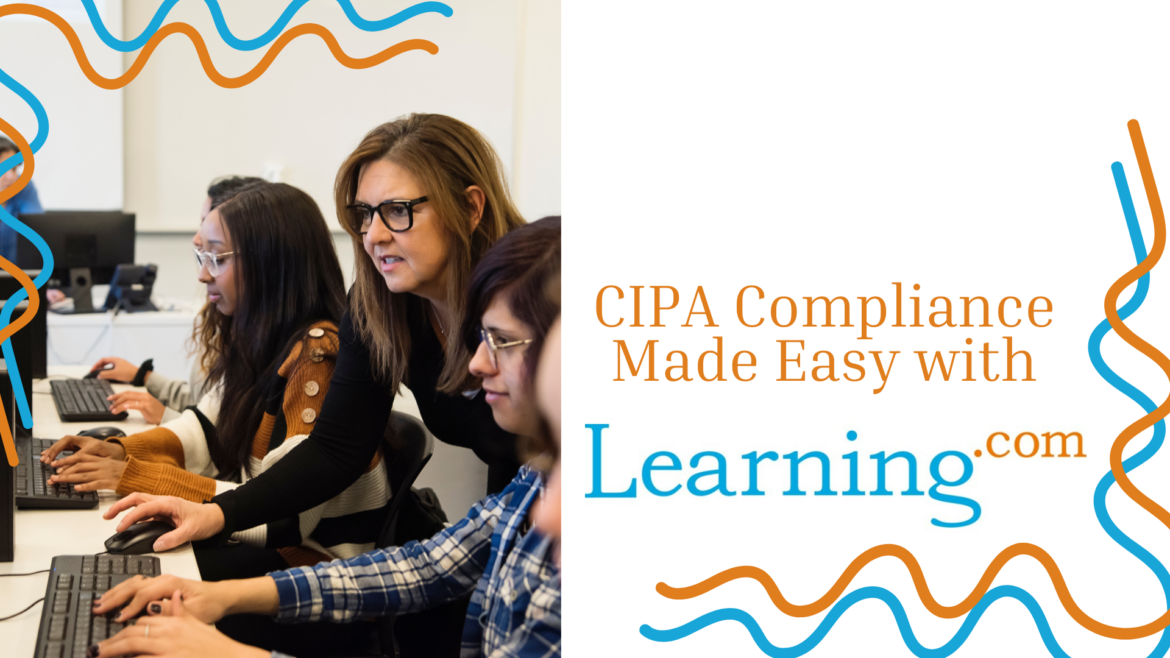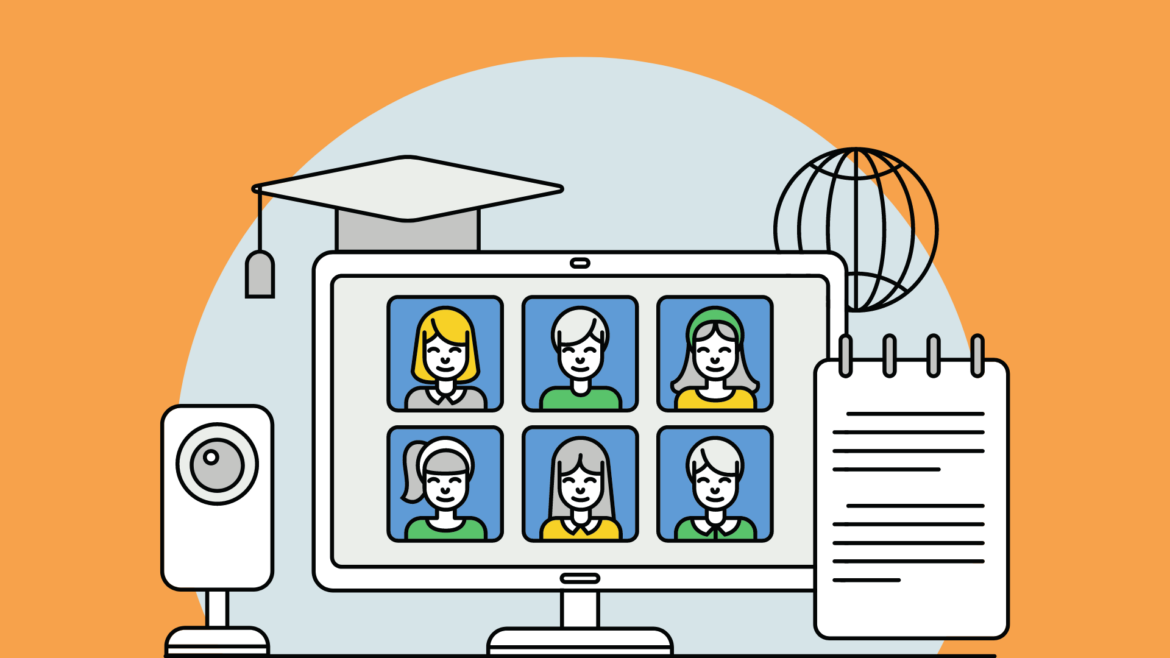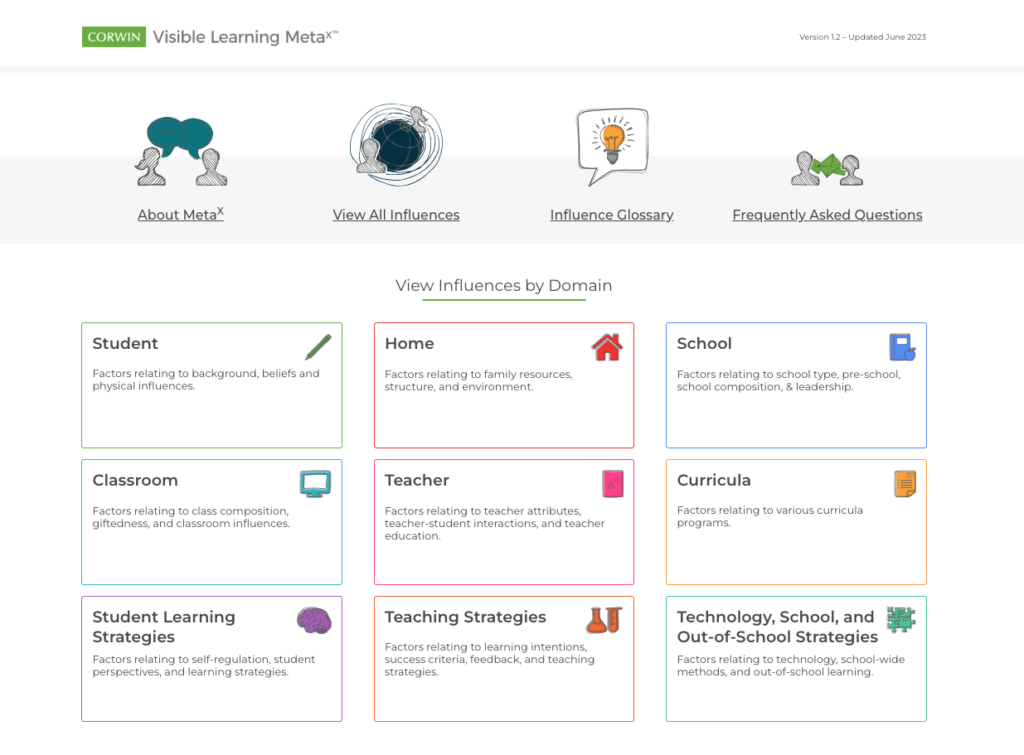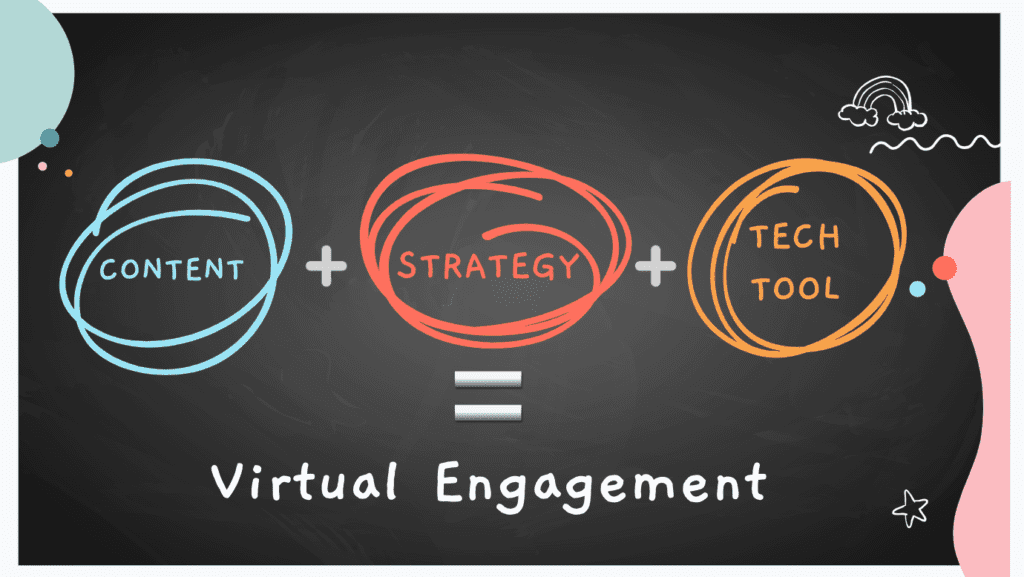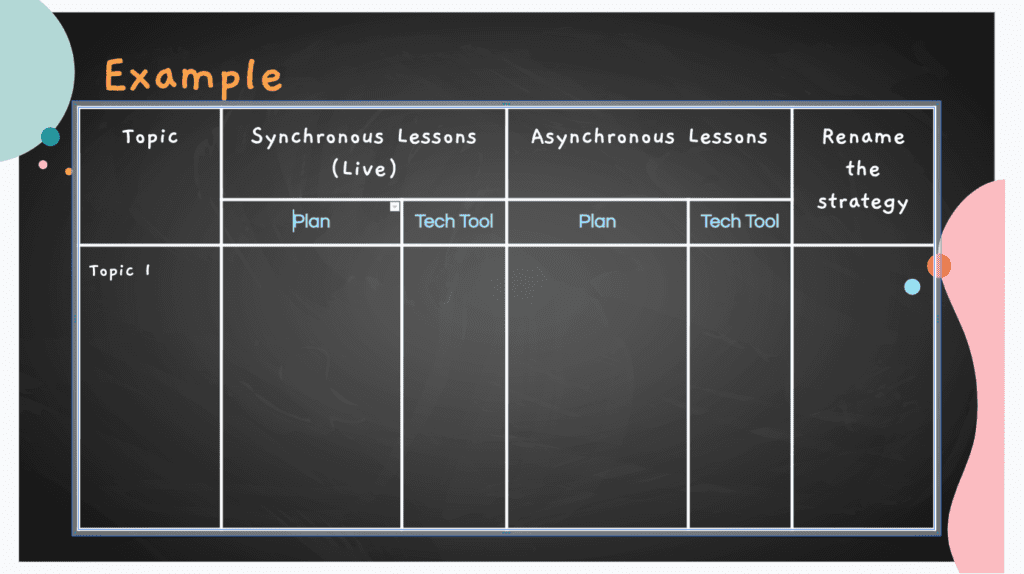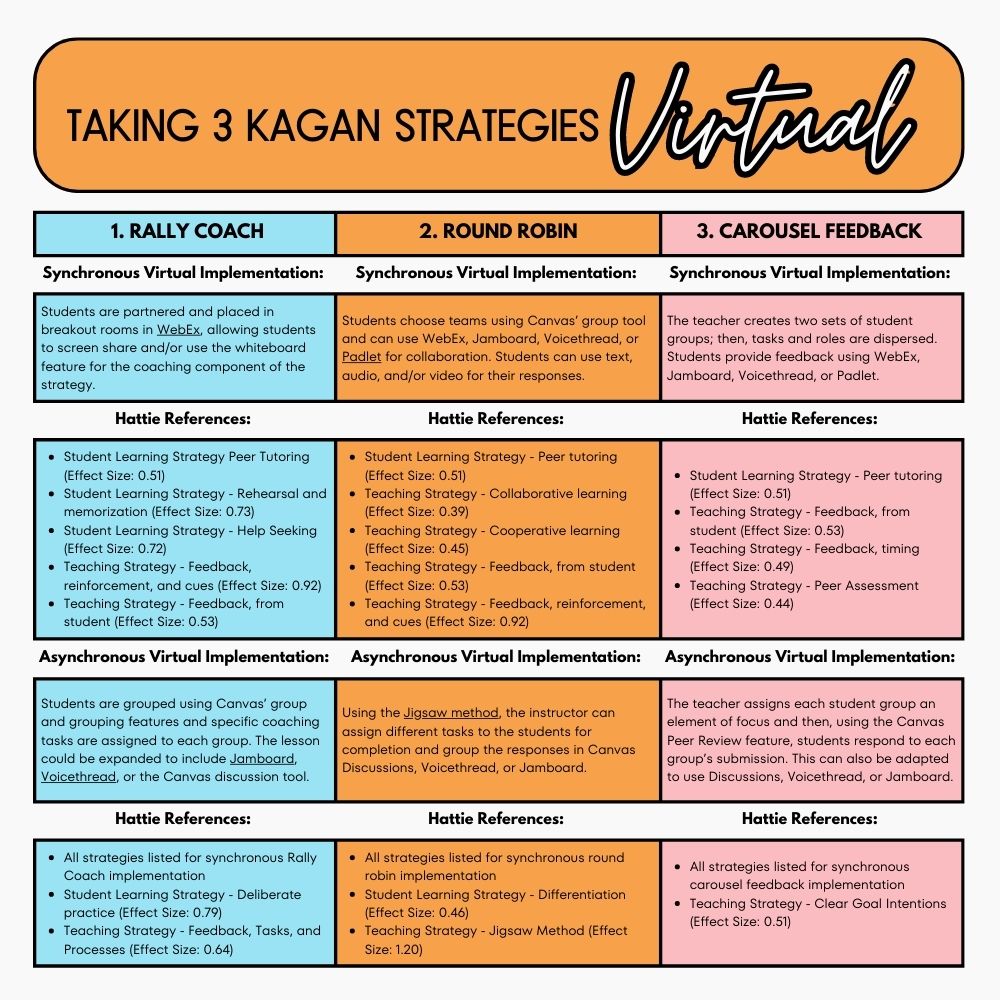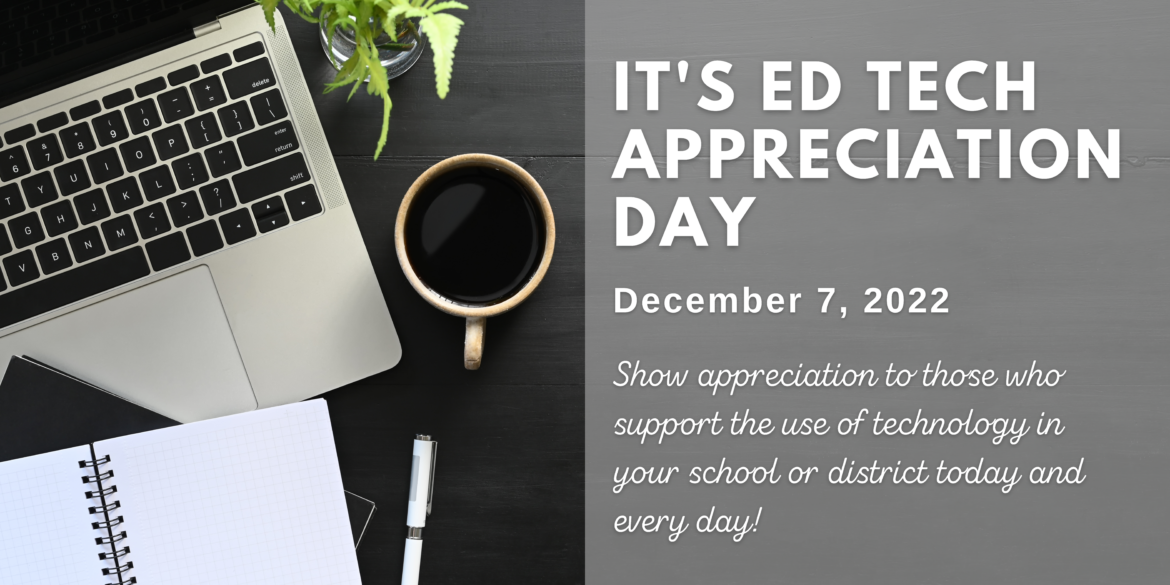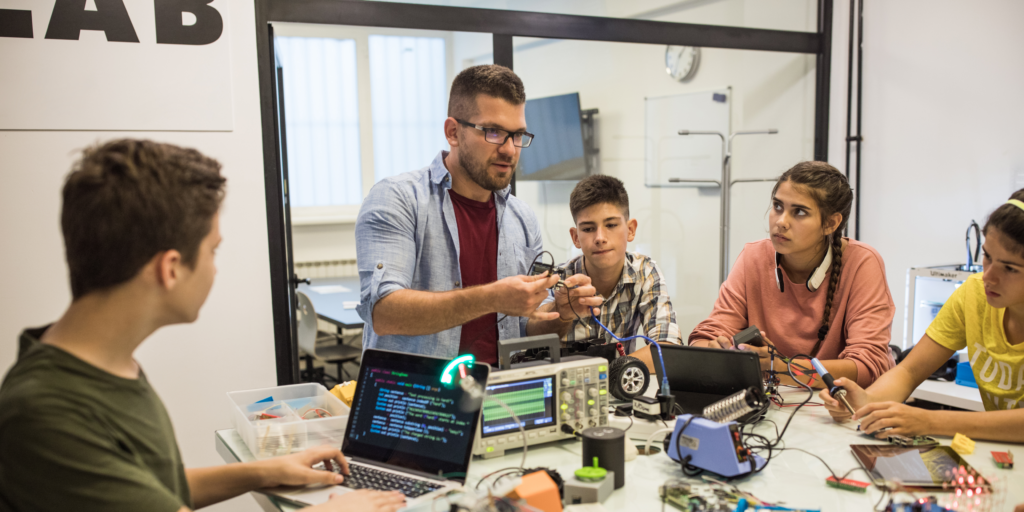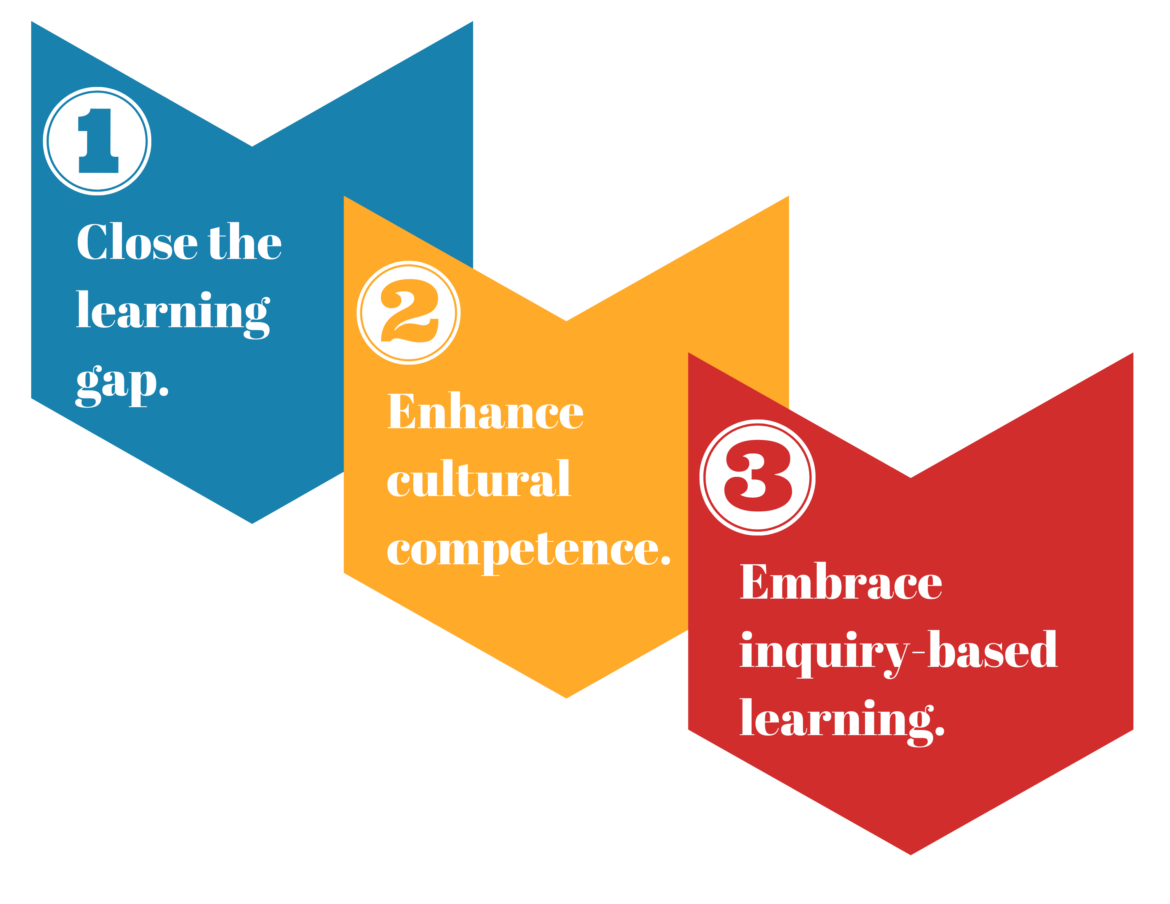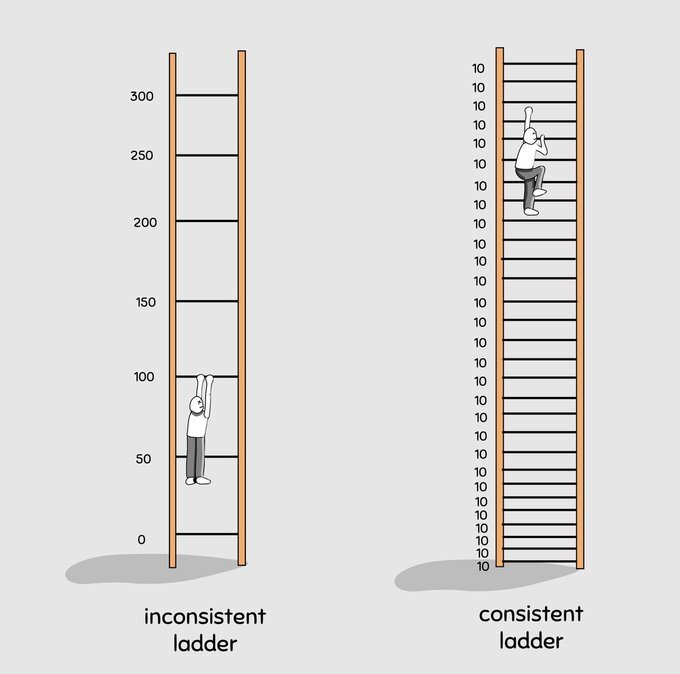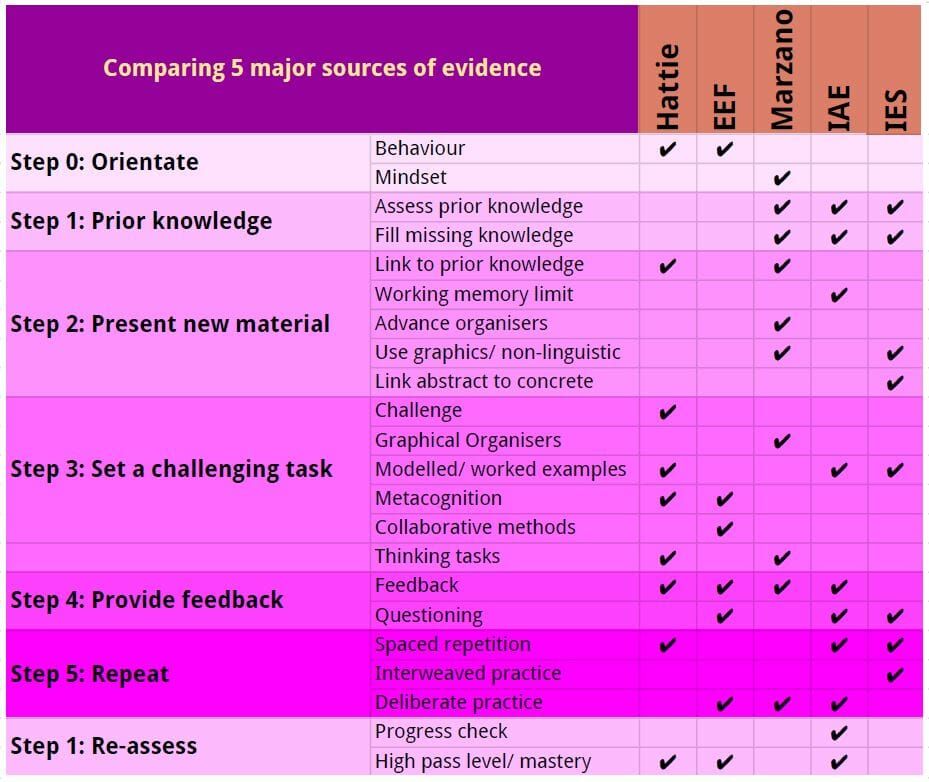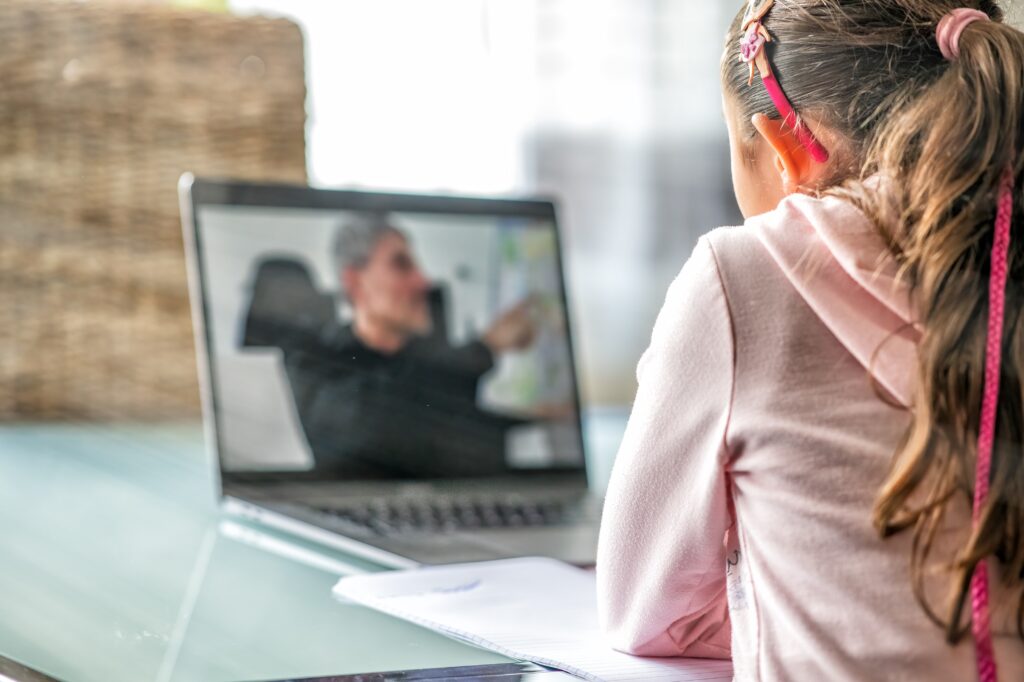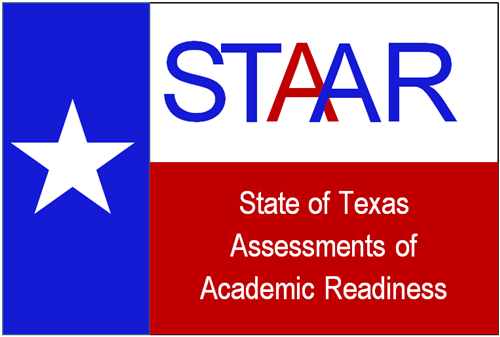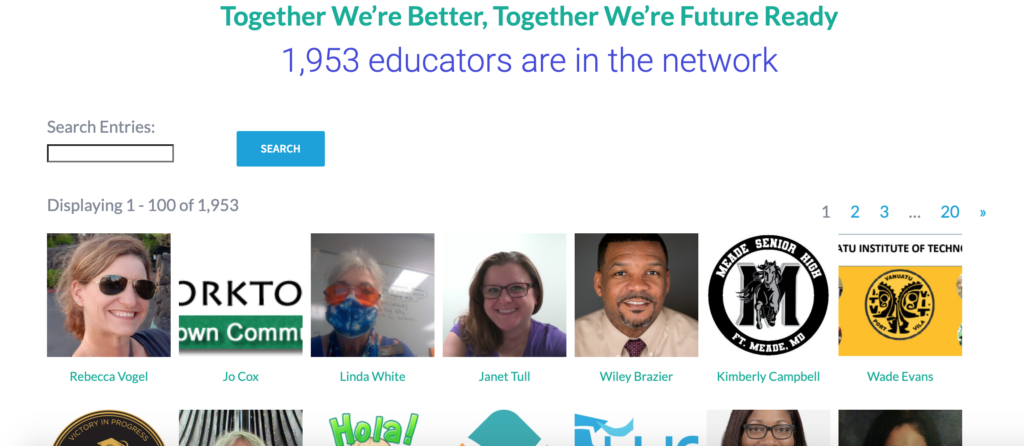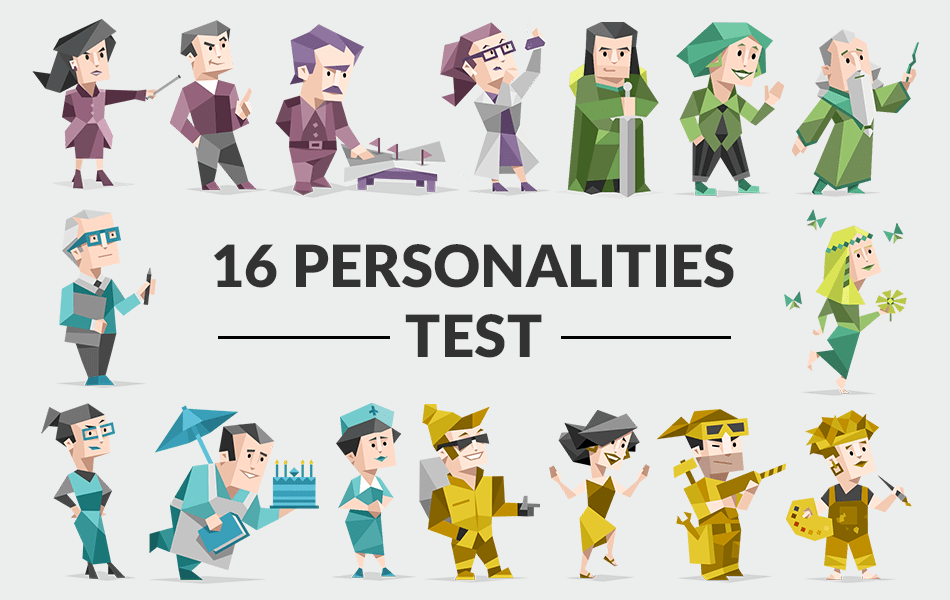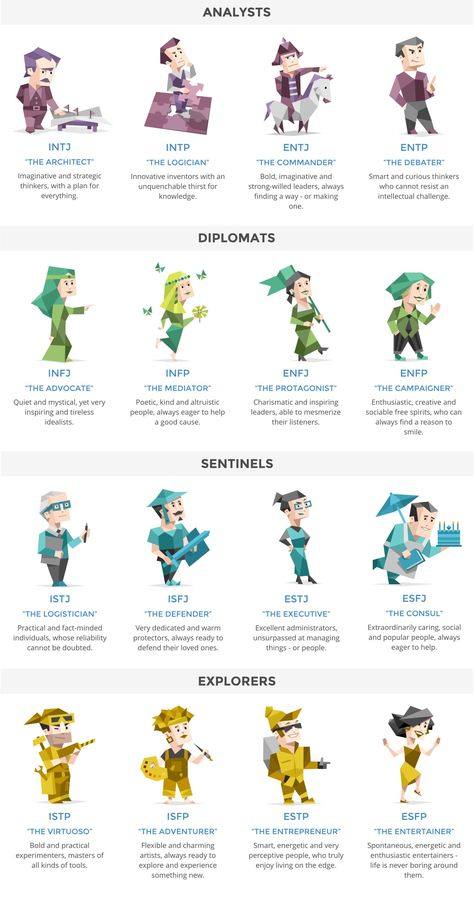We have all heard someone somewhere say, “The most valuable resource that all teachers have is each other.” With all the information that one educator receives from students, parents, co-workers — and yeah, don’t forget about that .9463 pounds of iPad goodness that you have in your hand all day, you need a way to keep up. We all have our way of organizing the information that we receive, but there is simply not enough time to try out every idea that comes our way.
This is where our PLN could not be more valuable to use. PLN, or Professional Learning Network, is a model developed to avoid the perpetual confusion that swells after the introduction of new ideas.
What confusion, you may ask? More times than not, when we stumble upon a new idea, app, or activity on our favorite idea generator, i.e Twitter, Facebook, Teachers Pay Teachers, Pinterest, we are faced with a very real question: How might this work in my classroom? The very best way that I have found to answer this question is to run it by your PLN.
So what do you do when you don’t have a PLN or don’t know where to begin? To get started, it’s as easy as one, two, three.
First: Get a Professional learning Network Group
Whatever your favorite social media source is, start by searching the grade level you teach. Twitter is a great resource for this. There’s no stronger instant bond than a group of educators who go through the same challenges and successes each year. Once you find like-minded educators, follow them and then message them when you like an idea or post, and repeat.
Next, read a Twitter chat. This is a great way of fast-forwarding to the “ah-ha” moments that happen in the chats. Not only is it faster, but it is great way to learn about ideas before you’re ready to contribute. Whenever you have that “How do I…” question, that’s when you join in the Twitter chat. Make sure to go back to the same chat again and again, and you will be well on your way to developing your PLN.
Second: Collect Your Ideas
Find one place to collect your links, screenshots, and notes of ideas that you want to try, have tried, or simply find interesting. Find this one place to store them and stick to it. Use it when you take that screenshot or jot down that note in a meeting. Don’t get up until you send it to your storage capsule.
Some great places to store include Pinterest, Flicker, Instagram, a Facebook page, Wakelet, or OneDrive and Google Drive. Choose one and stick to it. Once you do, go ahead and invite your partner teacher on campus to your storage space and invite them to add ideas when they see something. Your collection will grow and grow.
Third: Take the Initiative
The last way to expand your professional learning network is to put yourself out there. Present or broadcast your ideas and questions. This may not be the most comfortable thing to do for most educators, as we are typically the ones who hold the knowledge. However, you will not learn more about the content that you are interested in than when you present at a conference or join an online discussion to have an open dialogue on the topic.
Don’t have a conference to go to or to join online? Not to worry. Go back to the first step, go to your Twitter or social media group, and advertise that you will host a Google Hangout or Skype discussion on the topic. Have the online video discussion for 20 minutes and start to prepare a list of questions to ask the group that joins.
You’ll be shocked how much you’ll learn so quickly from the participants’ experiences. Before you end the discussion, ask them what time and day is best to meet up again. Before you know it, you have a PLN group that you can bounce ideas off of and organize the next big thing for your classroom.
Photo: Thomas Drouault

